If your business provides many different products and services, you're not advertising for a brand new one but rather your family's brand. Find out what multi-branding is and what businesses can do, to begin with, the method.
Imagine you're a huge business with multiple products and brands. You've conducted some research on the consumer and realized that there's an entirely new line of products for your services that haven't yet been released to the marketplace. Consider an approach that involves multiple brands in order to prevent confusion and apathy about your other products.
What is Multi-Branding?
Multi-Branding is a strategy for branding that allows a business to introduce multiple products in one market. However, each product will be different in order to attract different types of customers and avoid competition within the company and build their brand's reputation.
Multi-branding refers to a business like retailers or resellers have an assortment of products that have distinct names and brands. Instead of focusing on a single method of branding, companies have to adopt the multi-branding approach to target different groups and appeal to different types of potential customers.
This article will provide:
- The basics of the multi-brand strategy
- Multi-branding vs. multi-product branding
- Benefits of a multi-brand strategy
- The disadvantages of a multi-brand strategy
- Examples of multi-branding
Basics of Multi-Branding
Multi-branding is generally utilized in the case of established companies or businesses. To stay clear of internal competition that could negatively affect the reputation of their brand, A parent company must manage marketing efforts to let each sub-brand become an established brand independent of the parent brand.
Each sub-brand in the multi-brand strategy should be distinct:
- Marketing campaigns
- Brand architecture and brand awareness
- Target audience
- External and internal messaging
- Social media presence
- Brand names
To ensure the success of a brand, every sub-brand in the multi-branding strategy must be distinct from the other brands to build customer loyalty and be present in various markets.
Multi-Branding Vs. Multi-Product Branding
The two concepts of multi-product and multiple-branding intersect often; however, there are many different branding strategies.
As we've said, the concept of a multibrand approach includes a parent company that has an item or product line that is targeted at different market segments and different audiences. For instance, an automobile line is a well-known real-world illustration. Ford is a particular subset of automobiles and vehicles under its umbrella, which have well-known brands.
Multi-product branding differs in that a company has a common brand name across all its products. For instance, Sony creates different types of digital items, but consumers will see the brand name Sony on TVs, games consoles, and much more.
There are advantages of multi-product branding, such as increased awareness of the brand and fewer promotion efforts; however, there could be some problems, such as brand dilution.
Companies must stay in tune with the ever-growing consumer audience as the brand expands. Take note of which strategy is the most beneficial in case your services and products change.
Benefits of Multi-Branding
There are a variety of advantages to the multi-brand strategy.
- Multi-branding allows businesses to become market leaders.
- Multi-branding gives you the chance to have greater shelf space and longer life for your products.
- It may give customers a range of choices in markets that are likely to be saturated. For instance, if one company sells the most popular fabric softener, they'll likely purchase another similar product from the same brands of products.
- It affects brand image when your brand is perceived as a reliable service.
Alongside the benefits of a multibrandmultibrand strategy, it's essential for businesses to consider the drawbacks.
Disadvantages of Multi-Branding
There are a few disadvantages of employing a multibrandmultibrand approach:
- The challenge of keeping brands distinct in the event that they can be considered interchangeable. For instance, laundry detergent.
- Unfortunate attention can lead to losing credibility and image for all the products you sell if just one product is at risk.
- The distribution of resources can be a challenge when teams are focused on one brand over another.
- One product may outperform the other, making companies rethink their marketing strategy and investment in resources.
Companies must consider the advantages and disadvantages of making the decision to invest in multi-branding strategies.
Real-Life Examples of Multi-Branding
Companies that employ multi-branding strategies successfully benefit from having strong brand equity.
Here are three instances of parent brands with established multi-branding strategies that have proven successful:
- Nestle
- Procter & Gamble
- L'Oreal
Nestle
Nestle is a Swiss food and beverage company that sells more chocolate.
By 2022 Nestle will own more than 2,000 brand names under the parent firm. These brands include water, candy as well as pet and baby food, coffee, and much more.
The most well-known products are Nespresso, Purina, KitKat and DiGiorgio.
Nestle has also been part of co-branding agreements with other companies, such as Dawn as well as Android.
People look at Nestle as one of the top food and beverage companies, but they are not aware of the impact they have on other industries.
Procter & Gamble (P&G)
P&G is classified as a business that has "iconic brands that you can trust in your home."
Procter & Gamble products have been a standard in the homes of families for over 200 years.
The company offers products for feminine, baby, grooming and household care products.
Some of their well-known brand names are Febreze, Gain, Pampers, Always, and Venus.
It's almost impossible to enter an apartment and not see a Procter & Gamble product.
L'Oreal
L'Oreal is a worldwide beauty brand that boasts many diverse brands in the beauty business.
Some of their most well-known brands are Maybelline New York, Essie, YSL, Ralph Lauren and Garnier.
Due to its influence throughout the beauty business, L'Oreal has become a major player in multibrandmultibrand strategies.
Look into Multi-Branding to Enhance Your Marketing Strategy
Multi-branding is extremely beneficial for bigger brands, but not only for businesses that are new.
If they follow the right method, businesses can expand their market share, reach younger audiences, and please loyal customers who might be looking to try or see something different.
For a well-planned multi-branding strategy, companies should think deeply about the impact on consumers and market cycles and, perhaps most important, the management of their brand.





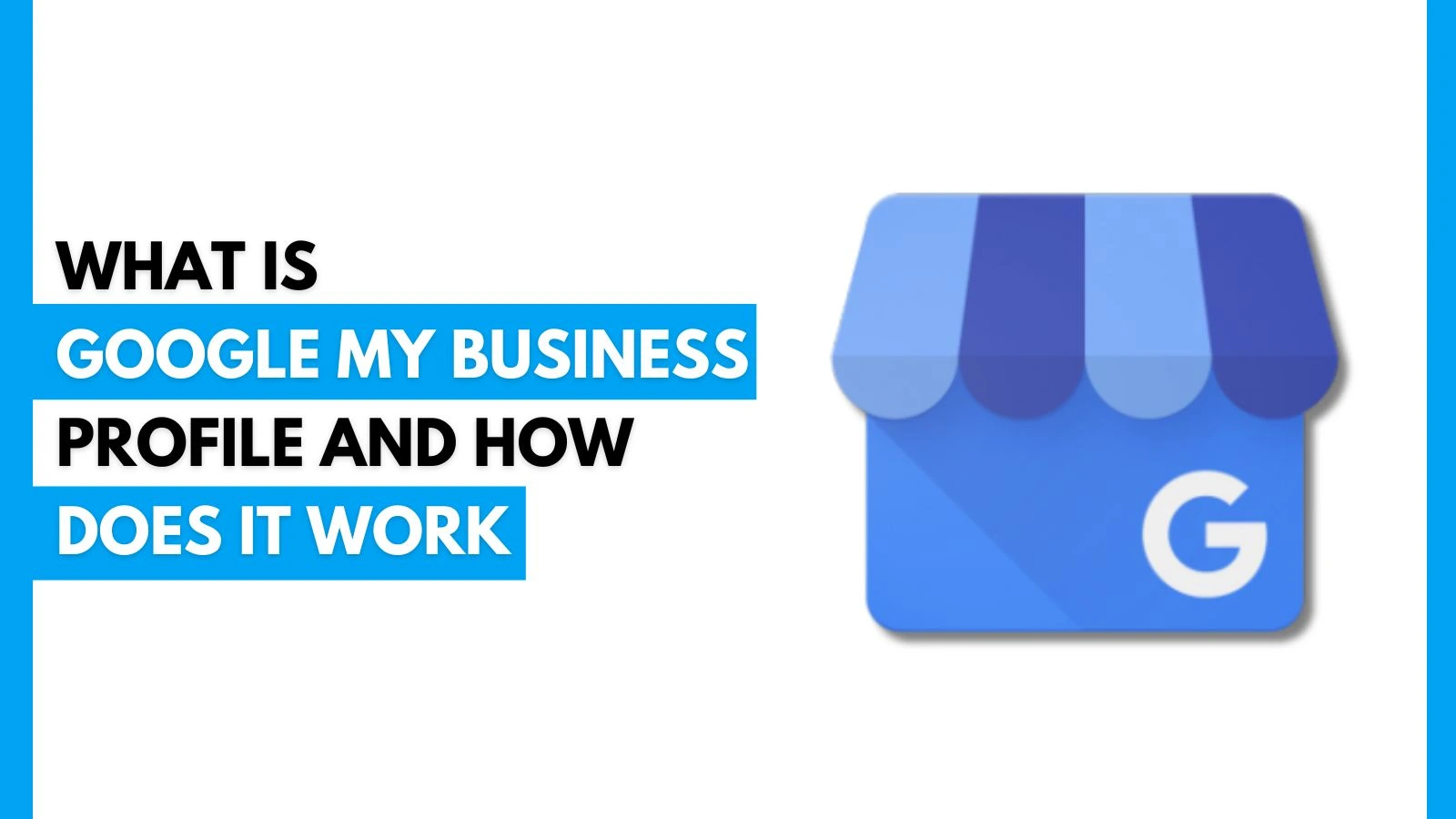
.webp)




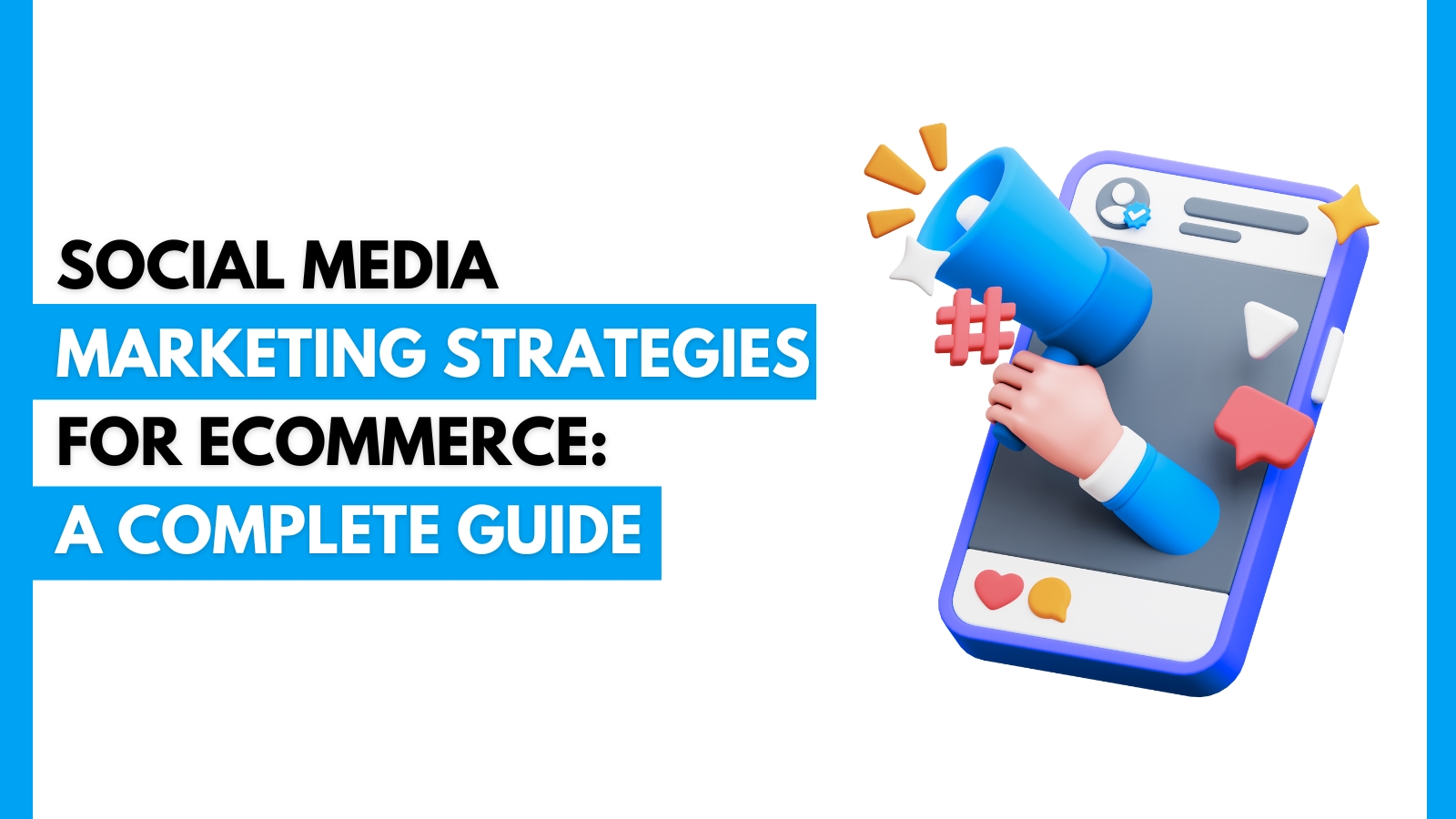


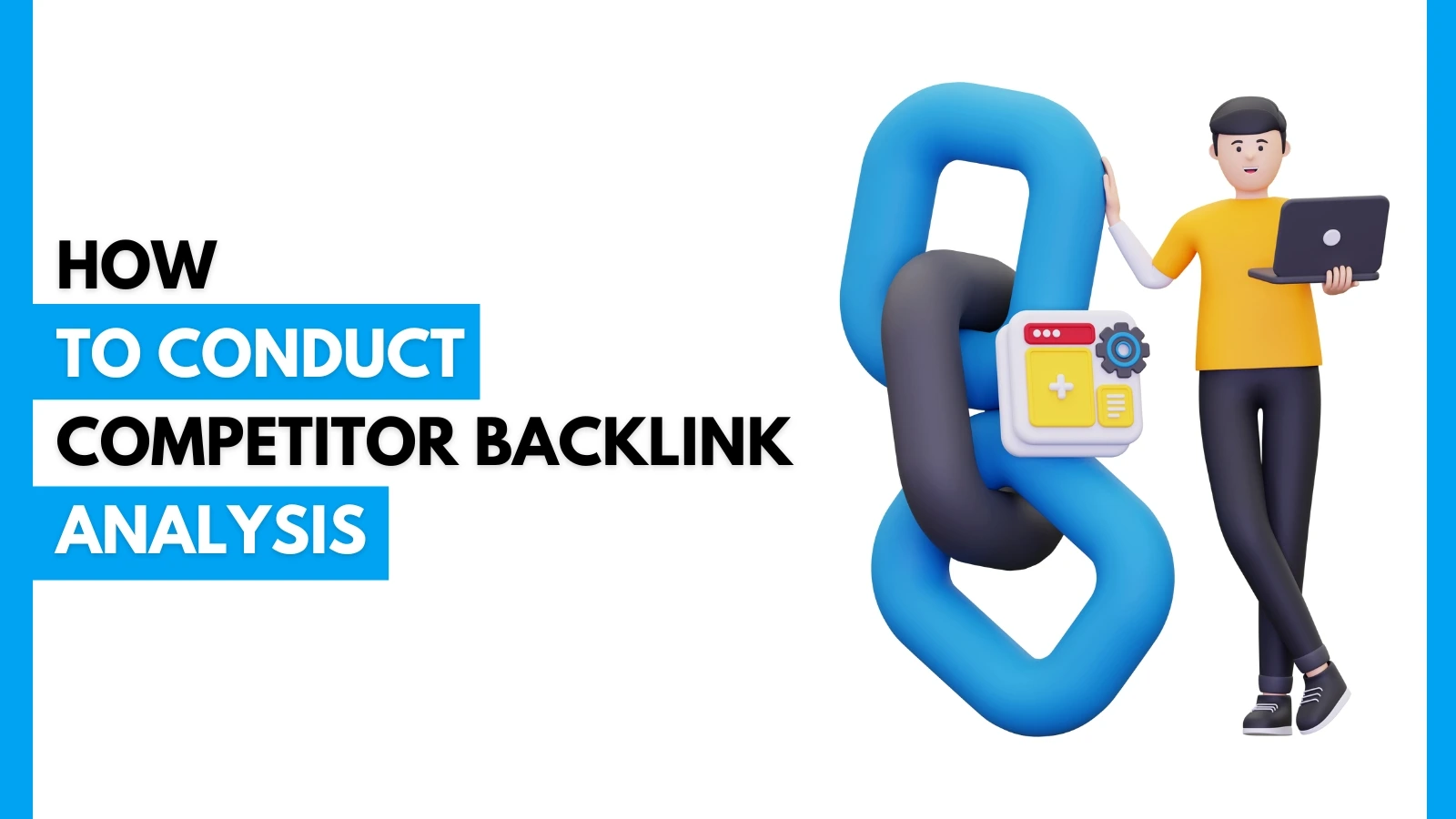



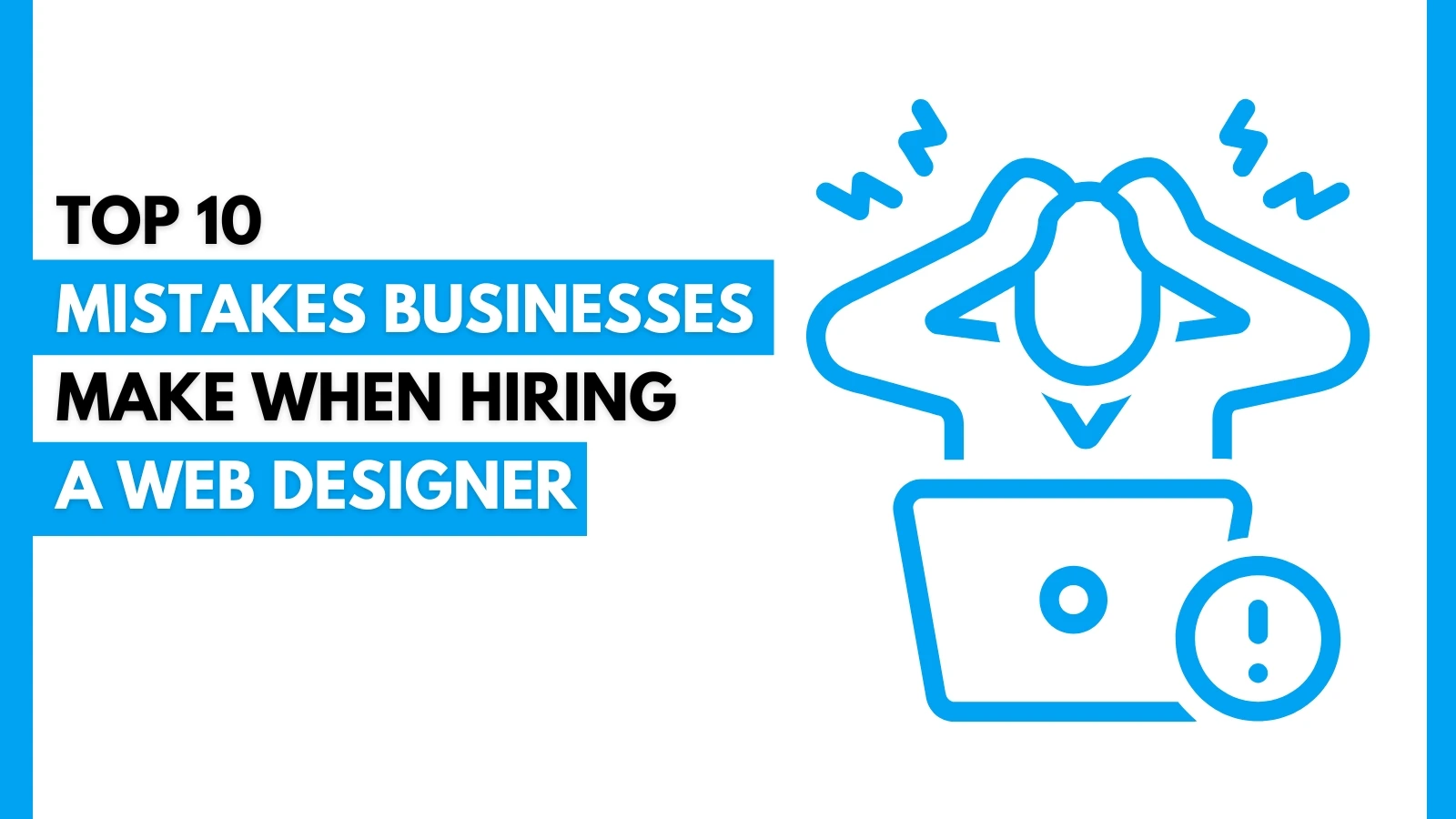


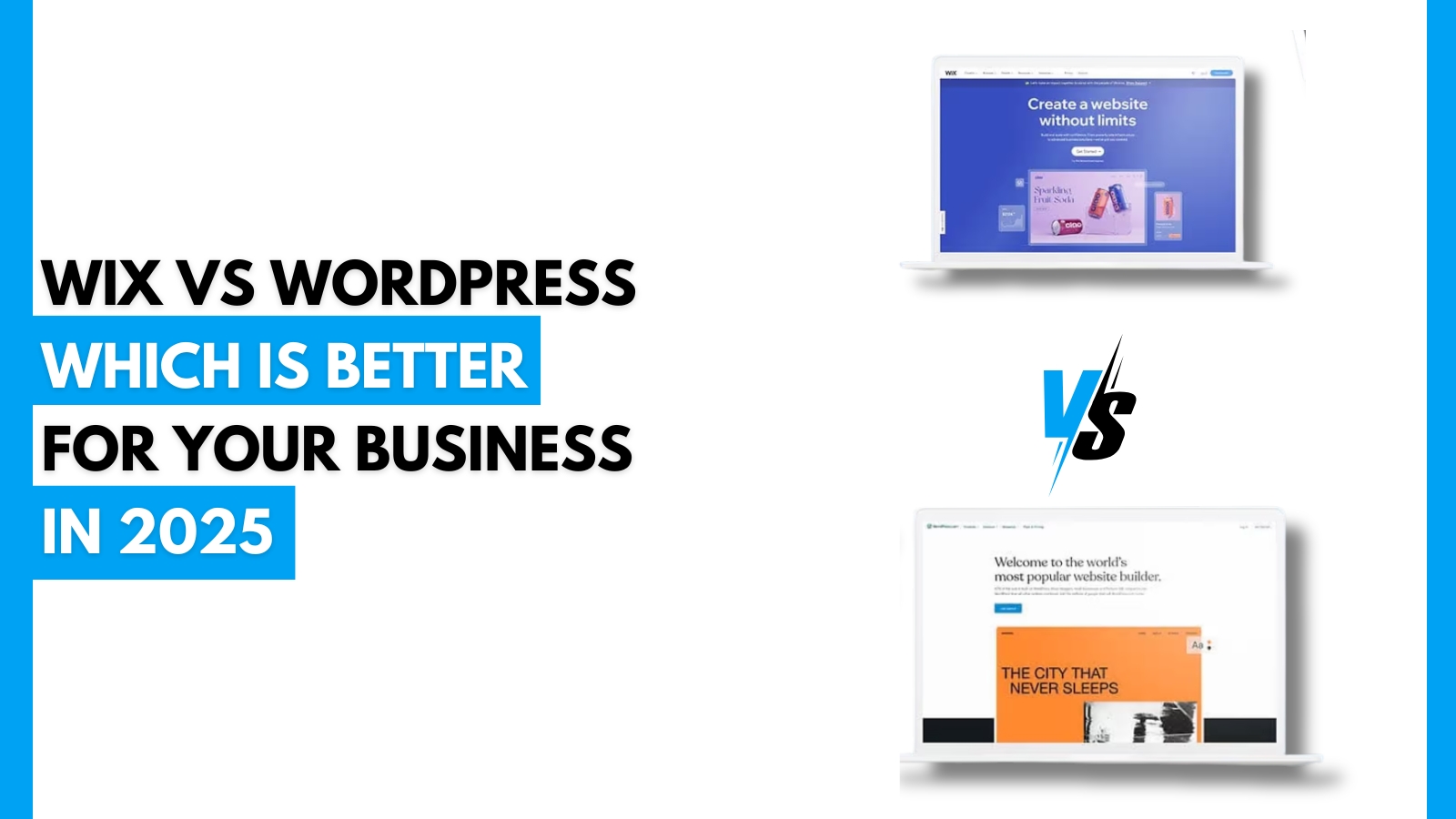




.webp)






















 A Complete Guide.webp)











































.jpg)










 Efficiently.jpg)
.jpg)
























.jpg)
.jpg)
























.jpg)


















.jpg)
.jpg)




























.webp)





.jpg)


















 Campaign.jpg)




.jpg)

.jpg)

.png)



.jpg)



.jpg)
.jpg)
.jpg)



.jpg)








.png)
.jpg)




.jpg)

.jpg)
.jpg)


.jpg)


.jpg)



.jpg)





















.jpg)













.png)





















.jpg)






.png)

.png)



.png)

.png)
.png)



.png)
.png)
.png)
.png)
.png)

.png)
.png)
.png)
.png)
.png)
.png)
.png)
.png)
.png)
.png)
.png)

.png)
.png)
.png)
.png)
.png)
.png)
.png)
.png)
.png)



.png)
.png)
.png)

.png)
.png)
.png)
.png)
.png)
.png)
.png)
.png)
.png)
.png)
.png)
.png)
.png)
.png)
.png)
.png)
.png)
.png)
.png)
.png)
.png)
.png)
.png)
.png)
.png)
.png)
.png)
.png)
.png)
.png)
.png)


.png)
.png)

.png)
.png)
.png)
.png)
.png)
.png)
.png)
.png)
.png)
.png)
.png)
.png)
.png)
.png)
.png)
.png)
.png)
.png)
.png)
.png)

.png)
.png)
.png)

.png)
.png)
.png)
 (1).png)
.png)
.png)
.png)
.png)
.png)
.png)
.png)
.png)

.png)

.png)
.png)
.png)
.png)
.png)
.png)
.png)

.png)
.png)
.png)
.png)
.png)
.png)
.png)
.png)
.png)
.png)
.png)
.png)
.png)
.png)
.png)
.png)


.png)
.png)
.png)
.png)
.png)
.png)
.png)

.png)
.png)
.png)
.png)
.png)
.png)
.png)
.png)
.png)

.png)
.png)

.png)
.png)
.png)

.png)
.png)
.png)

.png)
.png)
.png)
.png)
.png)
.png)
.png)
.png)
.png)
.png)
.png)
.png)
.png)
.png)
.png)
.png)
.png)
.png)
.png)